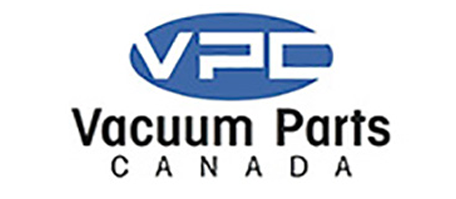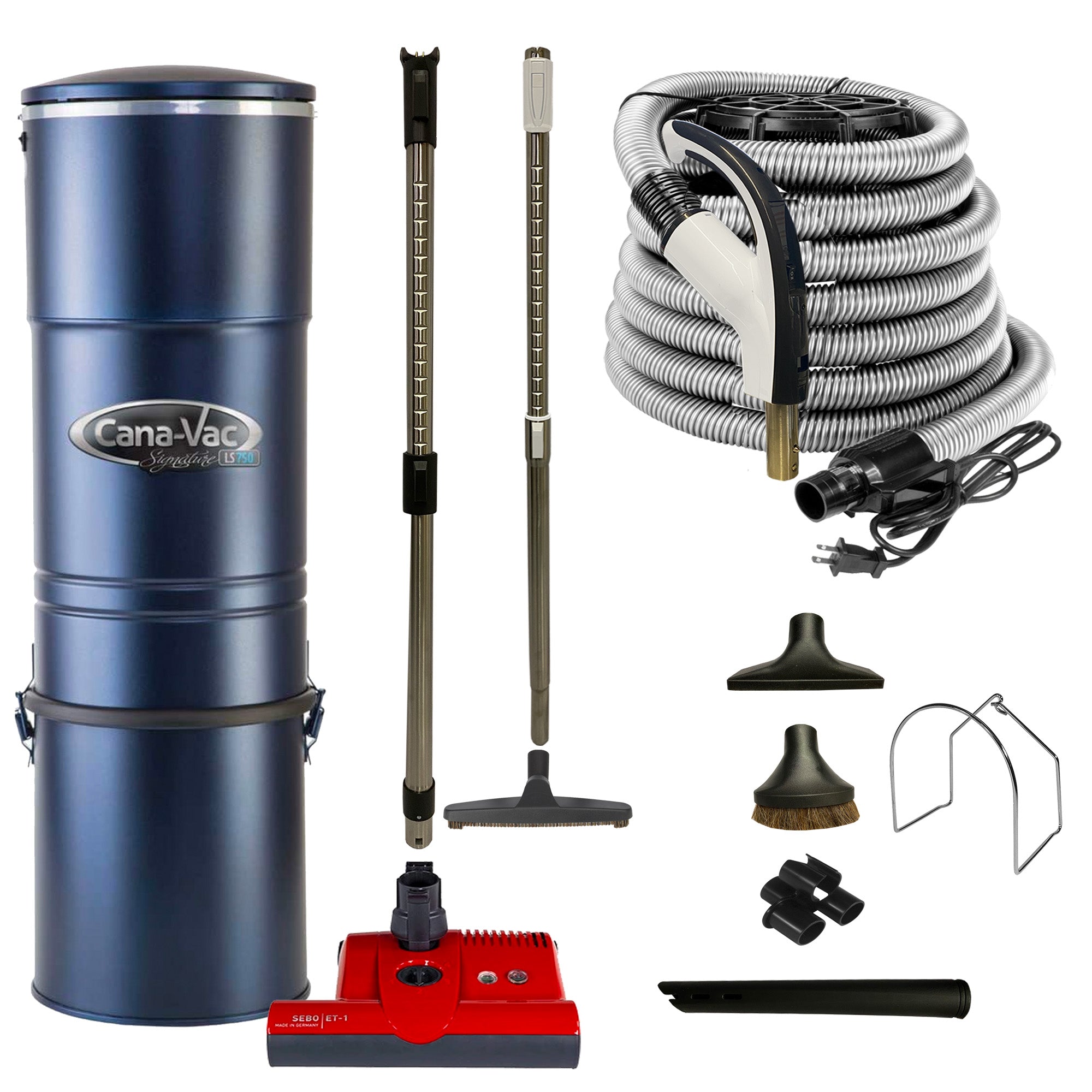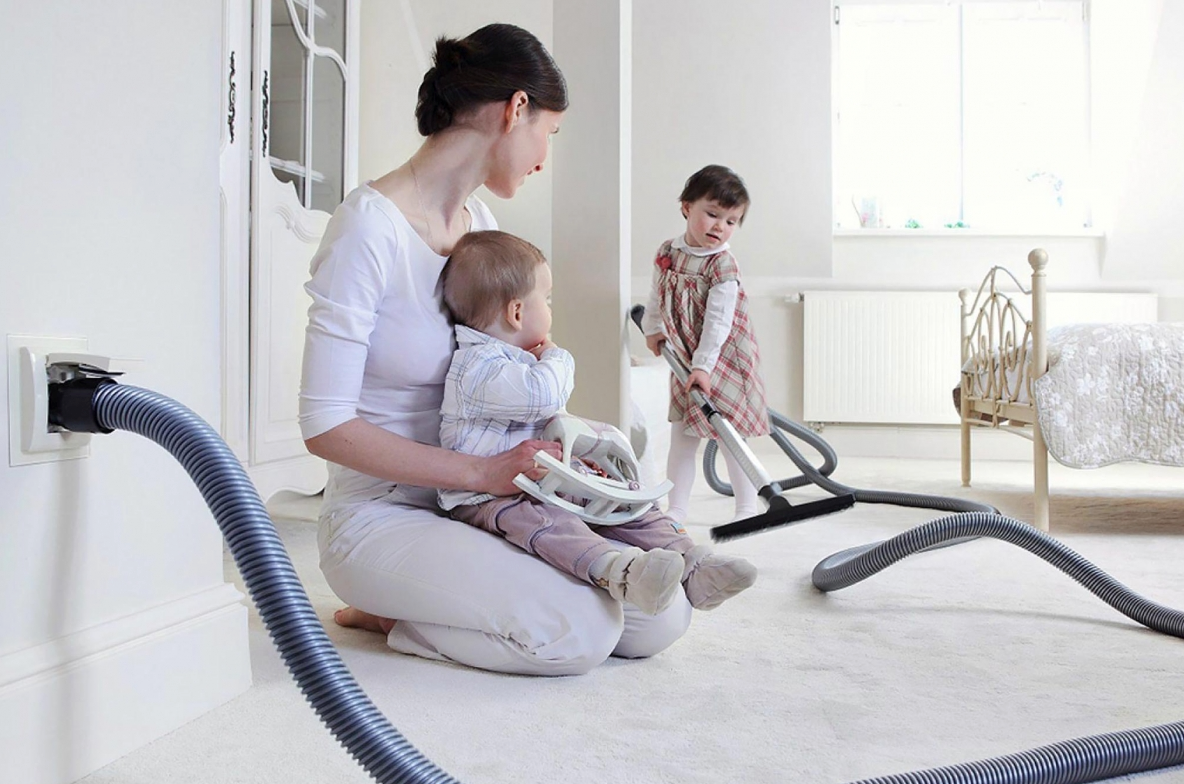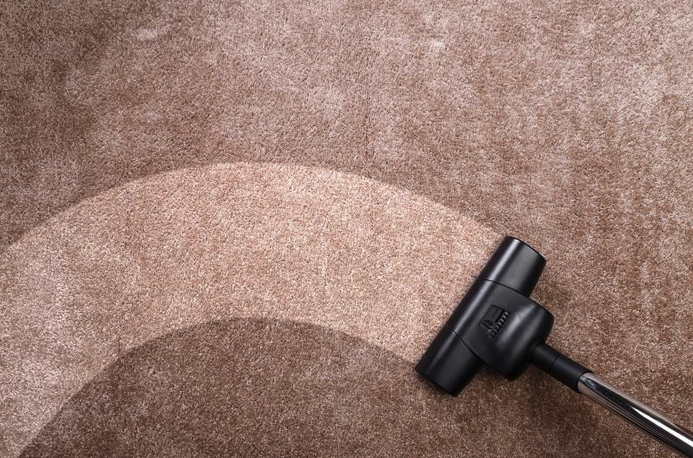Perhaps you have heard of the benefits of central vacuum in Ottawa and are seriously considering them for your home. It is a wonderful device where you don't need to drag a sweeper from room to room. All you need are some central vacuum accessories such as the lightweight hose equipped with a wand and head. You plug this into a wall or floor system, and you are ready to go.
How central vacuums work.
You vacuum as usual, and the dust and debris move through the hose into a PVC pipe network concealed through the walls, floors, or attic. It is deposited in a power unit that is located out of the general living area, usually the basement, garage, or utility area. Because the motor is not in the room with you, there is minimal noise when you are cleaning. That means you won't worry about waking up the baby that finally got to sleep or someone working in the next room. Another advantage is that the dust won't be expelled back into the same room you are cleaning—traditional portable vacuum vents right where you are working. A central vac moves all the debris to the central canister located in an out-of-the-way area. Plus, the central vac canister is much larger, so you will need to handle that dirt and residue far less.
To work, the system has inlet valves along the base of an interior wall or on the floor, usually one or two per story, and topped with a metal cover to avoid traffic. A 3,000 square-foot space will have three or four inlets if appropriately located. This will allow you to use the vacuum hose in two or three rooms from a single inlet. This will depend on the floor plan of the structure. Since each home is slightly different, the placement and number of inlets may vary. While central vac systems are easiest to install in new builds, an existing house can be retrofitted and is best accomplished when you are planning a remodel anyway.
Things you need to think about when considering a central vac.
If you install a central vac system in your home, you need to consider access to the basement, crawlspace, attic, or utility area. For a one-story structure, the pipes will usually turn under the floor and then up into the walls or the floor. Wall units must be in a non-load-bearing wall without beams or foundations. If there is limited access below the floors or a two-story house, the piping can run through closet corners, behind cabinets, or other obscure spots. If you opt for using the attic, the runs will be horizontal. The best runs are short, straight, and as direct as possible to avoid any buildup or clogs with turns or angles.
Is a Central Vacuum the Right Solution for Your House?
A reputable central vacuum dealer and installer can help you choose the best unit for your needs. The vac needs to be powerful enough to reach every edge of every room, the space for the pipe and lengths required, and the amount of suction necessary. Most manufacturers have different modes with canister size, suction power, and price range variants.
There are also several available accessories. They include hardwood floors, dusting, upholstery, and two types of beater bars. Since their introduction, manufacturers have made significant improvements that include collection canisters with mould-killing coatings, retractable hoses, and digital controls.
Contact Vacuum Parts Canada for the ideal central vacuum for your needs.
Now that you know all about central vacuums, it's time to choose the suitable model for your home. Central vacuums are a great way to keep your home clean, and they're easier to maintain than traditional vacuums. If you have any questions about choosing the right central vacuum for your home, contact Vacuum Parts Canada. We'll be happy to help you find the perfect model for your needs.





Leave a comment
This site is protected by hCaptcha and the hCaptcha Privacy Policy and Terms of Service apply.